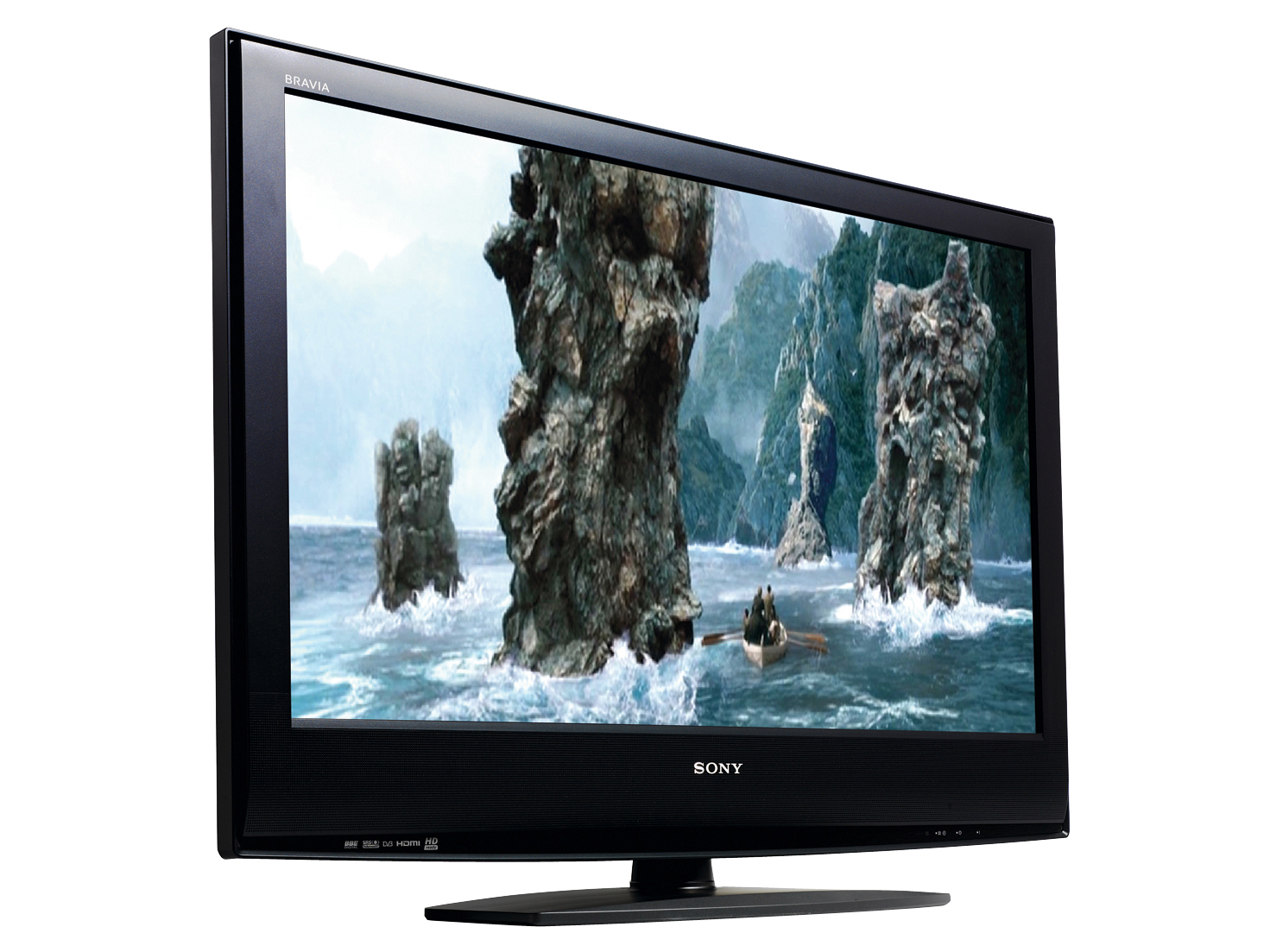TechRadar Verdict
Sony's revamp of its entry level range delivers worthwhile results
Pros
- +
Connectivity
Contrast ratio
Features
Black levels
Cons
- -
Colours subdued with some smearing
Could do with some improvement overall
Why you can trust TechRadar
Impressive though Sony's recent Bravia LCD TV range has been, some models haven't been perfect. So it's good to see Sony taking some of the criticisms on board in putting together the KDL-40S2530.
Aesthetically there isn't anything new to excite. While certainly not unattractive, the KDL-40S2530's slender screen frame is almost identical to other Bravias we've seen.
There is a major benefit with the KDL-40S2530's connections, though, as Sony has added a second HDMI to the single HDMI of the last Bravia S-series. A check of the KDL-40S2530's specs reveals two more significant improvements for this new entry-level model.
First, it employs the Live Colour Creation image processing system (for improving the screen's red and green elements) that was previously only found on Sony's V-series LCD models and above. Second, it introduces a new Dynamic Contrast facility that sees the TV able to automatically adjust its backlight to boost black levels when it detects a dark scene.
Thanks to this, while the original S-Series models quoted a contrast ratio of 1,300:1, the KDL-40S2530 claims 5,000:1. Other features retained from the original S models include a digital tuner, MPEG noise reduction, gamma adjustment, black correction and a white level booster.
The good news as we unleash the KDL-40S2530 on an HD DVD of King Kong is that it's better than the KDL-40S2030. The biggest single area of improvement being black levels. The night-time scenes as Kong rampages around New York certainly suffer less with greyness over what should be black skies, and there seems more evidence of scale-creating shadow detailing in dark areas.
Live Colour Creation also makes its mark, subtly, when it comes to rendering colours. This means that the KDL-40S2530's portrayal of the tricky palette on show during Ann's Vaudeville Theatre routine near King Kong's start looks slightly more natural in terms of tone and colour blend finesse than the KDL-40S2030's previous efforts.
Sign up for breaking news, reviews, opinion, top tech deals, and more.
Worthwhile upgrade
A final key strength of the KDL-40S2530 is its hi-def rendering, which is accurate enough to reproduce huge amounts of fine detail during highly textured scenes like any of those in the jungles of Skull Island.
For all its good points, we can't shake the feeling that while the KDL-40S2530 improves on its predecessor, it doesn't quite go far enough to mix it with some of the latest LCD heroes from such brands as Philips and Panasonic.
Compared to the best those brands have to offer - and indeed the pictorial efforts of TVs further up Sony's own range - the KDL-40S2530's colours look a fraction subdued, and motion seems slightly blighted by smearing, particularly during standard-def viewing. We're also disappointed to find signs of backlight seepage creeping in the screen's edges, which sometimes negatively effects the achievable black levels.
The KDL-40S2530 is more an upgrade of a previous TV, rather than the first product of a completely revamped range. However, while we're certainly eager to see where Sony might take its Bravia range once it really revamps it later this year, in the meantime we'd certainly rather have the KDL-40S2530 in shops than not - especially given how cheap it is (by Sony's standards anyway).
Tech.co.uk was the former name of TechRadar.com. Its staff were at the forefront of the digital publishing revolution, and spearheaded the move to bring consumer technology journalism to its natural home – online. Many of the current TechRadar staff started life a Tech.co.uk staff writer, covering everything from the emerging smartphone market to the evolving market of personal computers. Think of it as the building blocks of the TechRadar you love today.
